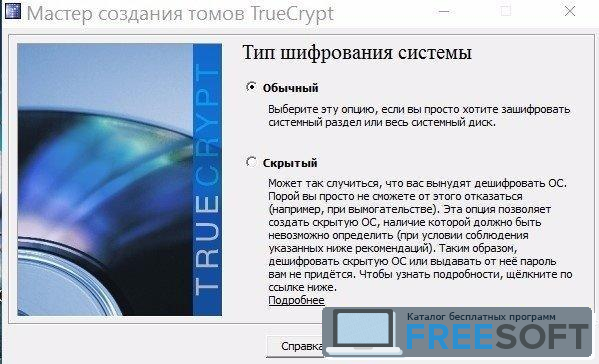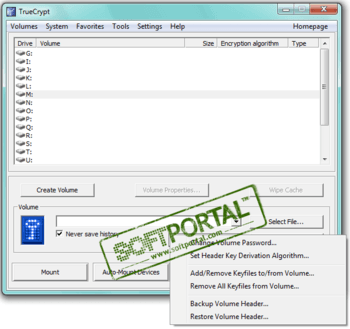

That’s why I discussed a second type of password security in that article.

Yes, most BIOS-controlled passwords can be bypassed by resetting the BIOS. I assume that removing the battery would reset the BIOS to default settings - sans passwords. But one day, the techie at my local PC shop said he could defeat the password by removing the on-board battery.

“Fred: As I recall, you addressed BIOS-level passwords years ago.Plus: Using encrypted data with 7-Zip, KVM switch weirdness, and curing a “User profile cannot be loaded” failure.Īfter reading the May 14 Top Story, “Better data and boot security for Windows PCs,” reader Frederick Barrow wrote this: LANGALIST PLUS The problem with BIOS-level passwordsīIOS-level passwords can be defeated by resetting the BIOS, but a second level of security can still keep your files safe.


 0 kommentar(er)
0 kommentar(er)
